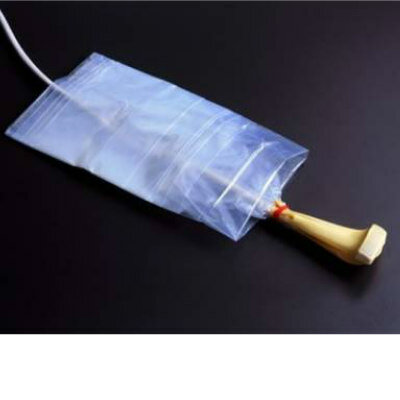Lung-Sparing Surgery in Mesothelioma Patients Prolongs Survival
By HospiMedica International staff writers
Posted on 28 Dec 2016
A new study suggests that a pleurectomy/decortication based treatment for advanced malignant pleural mesothelioma (MPM) yields nearly three years of survival.Posted on 28 Dec 2016
Researchers at the University of Maryland Medical Center (UMM; Baltimore, USA) and the University of Pennsylvania (PA, USA) conducted a study in 90 MPM patients between 2005 and 2013 to assess survival benefit of an extended pleurectomy-decortication surgery, intraoperative photodynamic therapy (PDT), and adjuvant pemetrexed-based chemotherapy protocol. All patients had a preoperative diagnosis of epithelial subtype, of which 17 proved to be of mixed histology. The remaining 73 patients with pure epithelial subtype were analyzed.
Macroscopic complete resection was achieved in all 73 patients, with a thirty-day mortality of 3% and a 90-day mortality of 4%. All patients received PDT, and 92% also received chemotherapy. The median follow-up was 5.3 years for living patients. The results showed that median survival for all the patients was nearly three years, but that figure more than doubled, to 7.3 years, for 19 patients whose cancer had not spread to their lymph nodes. Median disease-free survival in both subgroups was a third of the overall survival of three years. The study was published on November 5, 2016, in Annals of Thoracic Surgery.
“These are among the best results ever published for patients with an epithelial subtype of pleural mesothelioma, which accounts for about two thirds of all cases. It's encouraging to have achieved results we can report in years, not months, even for these patients with such advanced disease,” said lead author Professor Joseph Friedberg, MD, thoracic surgeon-in-chief of UMM. “Although, from a technical perspective, it is more challenging to save the lung than to sacrifice it, it does appear that this technique helps to not only extend life but to also preserve quality of life.”
Mesothelioma develops from the mesothelium, with the most common area affected being the lining of the lungs and chest wall. Signs and symptoms include shortness of breath due to fluid around the lung, a swollen abdomen, chest wall pain, a cough, tiredness, and weight loss. More than 80% of mesothelioma is caused by exposure to asbestos, which can develop decades after exposure. Five-year survival is low, averaging about 8% in the United States.
Related Links:
University of Maryland Medical Center
University of Pennsylvania














